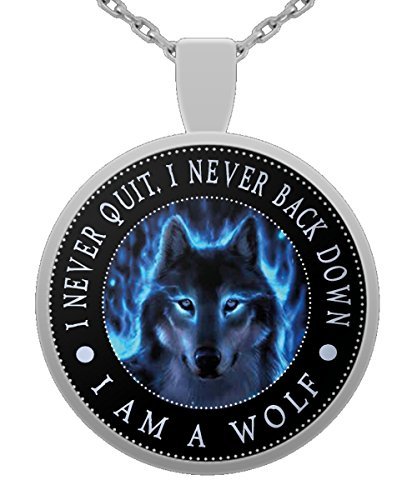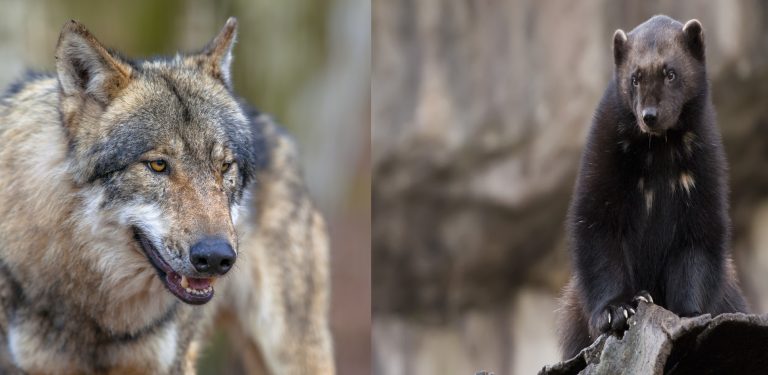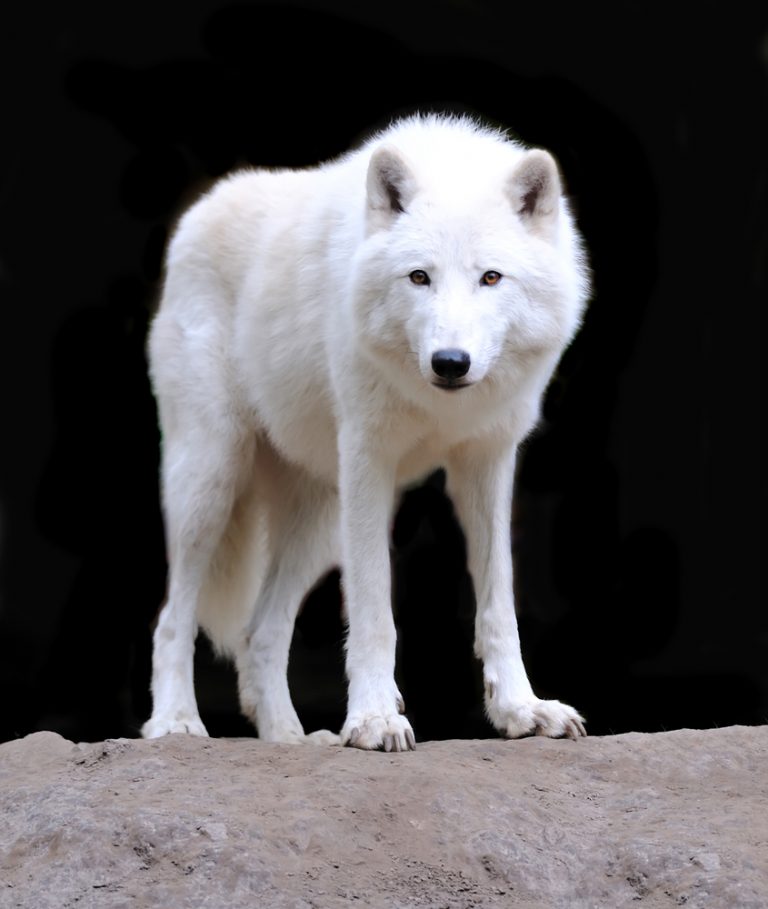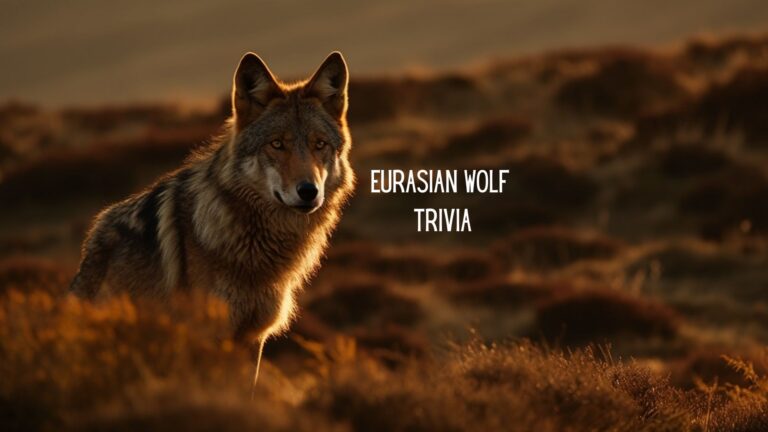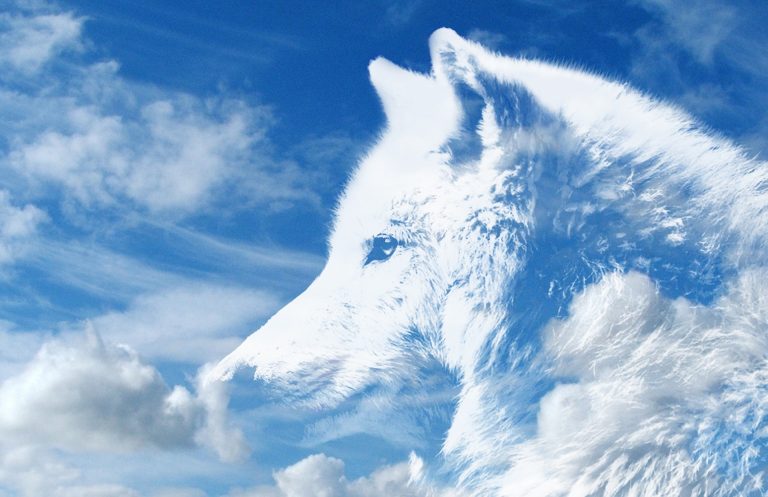Who Will Save The Russian Wolves?
The age-old tradition of destroying “troublesome” animals persists as Russian Wolves are open to bounty hunting, and are being killed in their thousands.
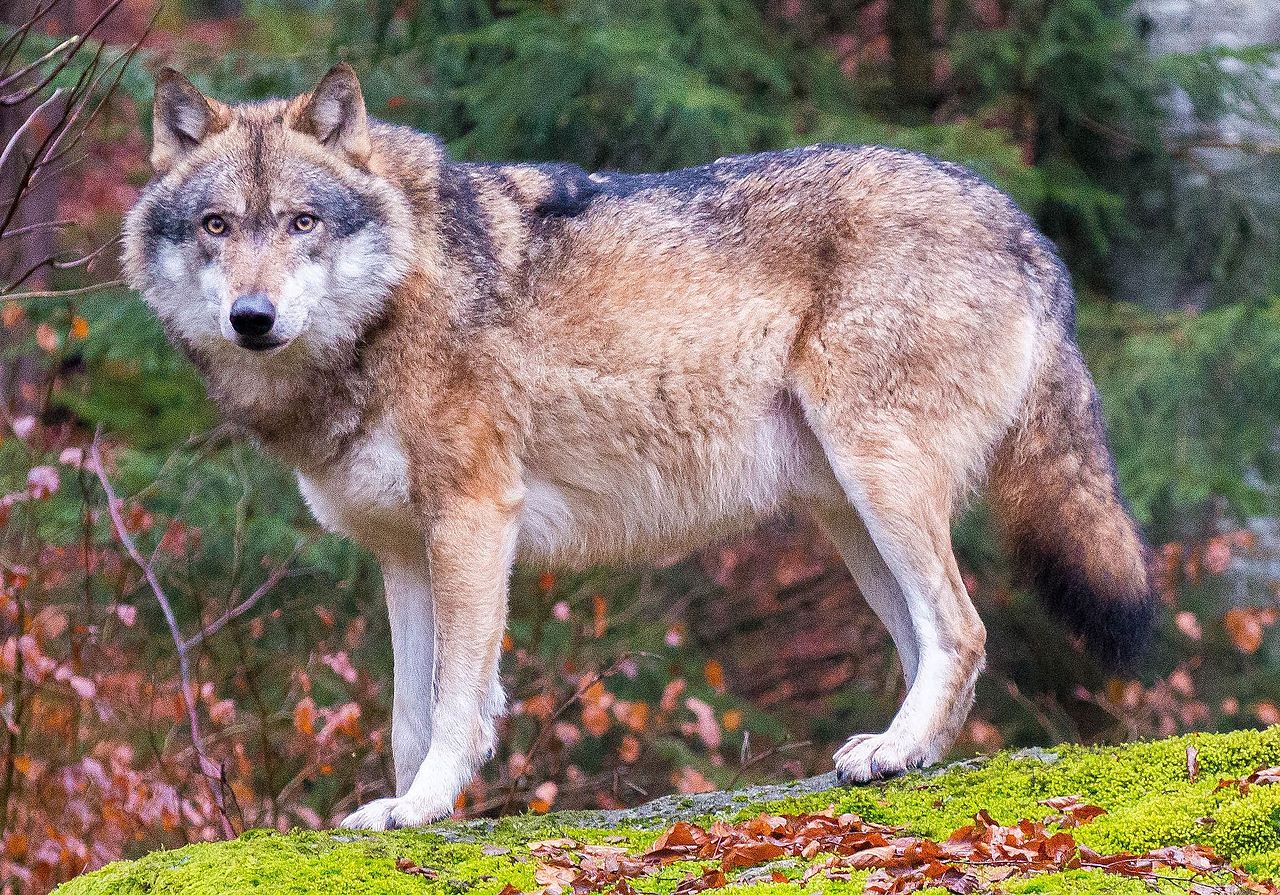
Russian Wolves have a reputation for being aggressive. In fact, Russian wolves are notorious for attacking and killing reindeer, horses, and humans.
During World War II, one account states how soldiers from opposing warring sides had to join forces to survive the attacks of these wolves. Just recently, the media was awash with reports of so called Russian wolf “super packs.”
These “super packs” were made up of sometimes up to 400 individual wolves that would descend on isolated villages to prey on livestock and even the human inhabitants.
The Russian government swiftly responded with a bounty system. Under this provision, hunters can destroy wolves anyway they want and get cash prizes for their good work.
But what could be behind this anomaly and how did these wolves become so bold? What could be driving them?
Let’s find out a bit about these wolves and what’s going on.
Types Of Russian Wolves
Russian Wolves are in 4 major categories: Eurasian wolf, Caspian Sea Wolf, Tibetan Wolf, and the Tundra wolf. All of these wolves are subspecies of the gray wolf.
-
The Eurasian Wolf (Canis Lupus Lupus)
This wolf was once abundant throughout Eurasia but are now limited to scattered populations in parts of Europe and Asia.
They range in color from white, to red, and even black. Their fur is short and dense and adults typically grow to 30 inches at the shoulders and 70-130 pounds. Eurasian wolves live in small packs and these days, they prey mainly on landfill garbage and stray dogs. They are seriously affected by habitat shortage.
-
The Caspian Sea Wolf (Canis Lupus Campestris)
This subspecies is critically endangered and is hardly seen anymore. The few sightings are rare and those are around the Caspian Sea.
They were previously common around the Caspian Sea all the way to the Black Sea.
-
The Tibetan Wolf (Canis Lupus Chanco)
This particular species is highly prized for its dark and full fur. It’s a large sized wolf normally found in the Himalayas, and parts of China and Russia.
They are also a common feature in zoos.
-
The Tundra Wolf (Canis Lupus Albus)
This is one of the largest of the gray wolf species. Adults can grow up to 7 feet long and weigh over 120 pounds.
They also have very thick fur and hunt large animals like bison, moose, musk ox, and deer. Tundra wolves are native to northern Europe and parts of Asia.
How Did Russian Wolves Become So Violent?
Unfortunately, the history of wolves in Russia is filled with so much death, and violence.
Several governments (right from the time of the Soviet Union), have risen at different times to declare “war” on wolves. For instance, The Red Army was tasked with completely eliminating these wolves. The soldiers were so successful and well-funded with arms that the wolves had very little chance of escape.
At the height of the Red Army attack on wolves, the soldiers killed between 40,000 to 60,000 wolves every year!
There were also scientific research programs to devise faster ways of killing these wolves. It was only the start of the Great Patriotic War and the fall of the Union that allowed the wolves some respite. Another animal that suffered during this period is the now extinct Caspian Tiger.
You may wonder why the onslaught was so fierce.
Well, the wolves were killing people, especially children at some point. Of particular mention is the Kirov wolf attacks. These were a series of wolf attacks on humans: man-eating attacks between 1944 – 1954.
Why Are Russian Wolves So Violent?
The simple answer is hunger, loss of habitat, and loss of prey. These wolves have experienced extreme violence and prejudice from humans over the years. As a result, it appears they’ve adapted to fighting humans for their food.
Yes. They attack people and that’s unacceptable, but humans are taking over their territory at an alarming rate. When there’s no more habitat for prey to thrive in, obviously the wolves will look for another source of food. Livestock.
Interestingly, Russian wolves are attacking people more in territories where there is large livestock breeding. This is a clear indication that these animals are literally starving and desperate for food. It’s really a no-brainer: as these animals continue to starve, they will become bolder and venture closer to human settlements for sustenance.
Russian wolves are conditioned to extreme violence from humans and they will respond the same way.
Is There Any Hope To Save Russian Wolves?
Today, estimates say that there are about 30,000 wolves left in the whole of Russia. As far as the authorities are concerned: that’s still too many.
The law still allows hunting of wolves and the bounty for each kill is as high as $400 as at 2016. And it doesn’t end there. The hunter with the largest total kill gets a huge cash prize: up to 6-figures.
Consequently, hunters are killing thousands of wolves each year and they can kill the animals using whatever method they please. Some of the most torturous methods include the leg-hold trap. This trap is actually banned internationally but no one seems willing to enforce that restriction here.
In several cases, wolves will chew through their own limbs to escape the pain of leg-hold traps.
Once captured and skinned, the carcass is burnt and the fur is taken to factories and made into luxury fur coats and duvets. Some of these items sell for as much as $5,000 each.
What Would Happen If The Wolves Went Extinct?
Since, the wolf hunting business has become so profitable, the only solution will be a paradigm shift of the indigenous folk or they may as well just let the wolves die off completely.
Here’s what will likely happen if the Russian wolves join other extinct species like the Japanese wolf and the dire wolf.
- The emergence of an unbalanced and failing ecosystem.
- Increasing levels of weak and sick game since there are no more apex predators to keep the numbers in check.
- A direct negative impact on vegetation as the wolves’ primary prey will increase to graze on the same territory.
Considering the fact that humans also hunt the same prey as the wolves, you can see that these creatures are under pressure from all directions.
It would be highly irresponsible to keep killing these animals at this rate. Continuing like this could mean they may be gone in a matter of under five years, or even less.
The Russian government needs to come up with more intelligent methods of handling this problem. What of research into wolf behavior, creating reserves and parks for the wolves, and prohibiting hunters from hunting wolf prey? Some countries with large wolf populations even offer compensation for livestock killed.
As things stand, only they can determine and implement measures that could work in these circumstances because if there is no intervention, they may eventually find themselves scrambling to save just a handful of Russian wolves left in the wild.
Hopefully, Russian wolves won’t end up like the Mexican Wolf, or worse.

